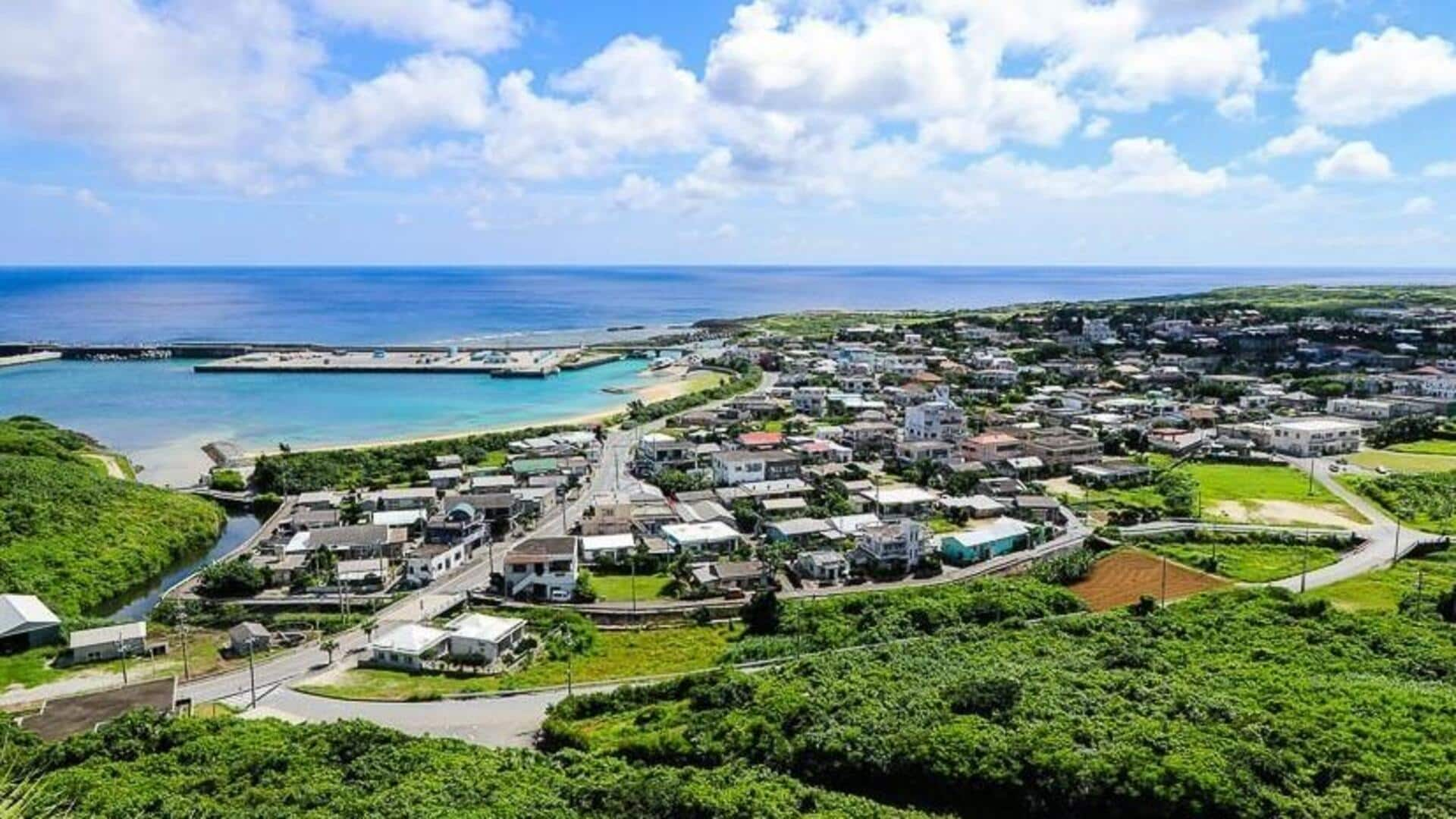
Unveiling Yonaguni: Japan's underwater mystery
What's the story
The Yonaguni Monument, located near the southern tip of Japan, is a mysterious underwater formation that has intrigued scientists and divers alike. Discovered in 1986, this site is not only an archaeological enigma but also a hotspot for marine biodiversity. The waters around the monument are crystal clear, offering an unparalleled view of the ruins and the vibrant life that inhabits them.
Diving
Dive into history
Scuba diving is the primary way to explore the Yonaguni Monument. Divers see large structures, believed to be man-made, like steps and terraces, dating back thousands of years. Visibility here can exceed 30 meters, offering a clear view of both the monument's intricate details and the diverse marine life that inhabits these ruins. Experienced guides are essential for navigating this area safely.
Marine biodiversity
Encounter marine life
The waters around Yonaguni brim with life, offering a unique ecosystem. As you explore the ancient ruins, anticipate encountering schools of hammerhead sharks in the winter months. Alongside these, turtles, rays, and a myriad of tropical fish make their home here throughout the year. This environment provides a special chance to see these creatures coexisting with historical relics.
Photography
Capture underwater wonders
For enthusiasts of underwater photography, Yonaguni is a dream. It combines ancient structures and vibrant marine life for stunning captures. Photographers can shoot the monument's geometric shapes or get close-ups with sea creatures. The clear waters offer perfect visibility, enhancing every image. Here, every photo tells a story of history intertwined with natural beauty, providing endless inspiration for capturing moments beneath the surface.
Culture
Embrace local culture
While visiting Yonaguni Island for underwater attractions, immerse in its Ryukyuan culture. The island has unique traditions and cuisine, distinct from mainland Japan. Engaging with locals, tasting regional dishes like soba noodles, and participating in festivals enrich your journey beyond diving. This not only uncovers an archaeological mystery but also connects visitors with the island's vibrant culture and traditions.